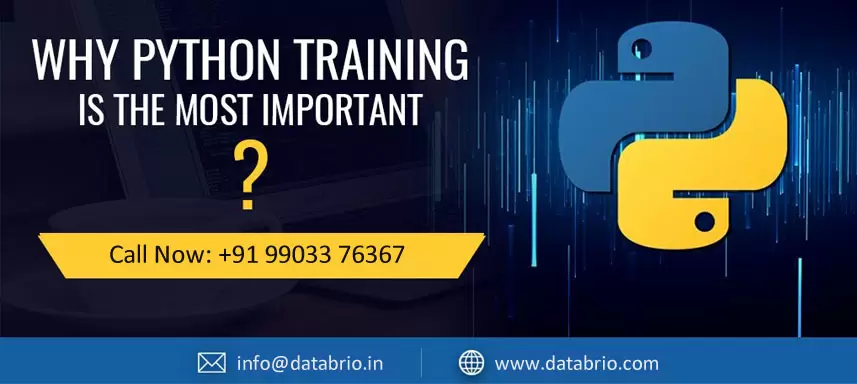Python is a valuable part of the data analyst’s toolbox, as it’s tailor-made for carrying out repetitive tasks and data manipulation, and anyone who has worked with large amounts of data knows just how often repetition enters into it. By having a tool that handles the grunt work, the data analysts are free to handle the more interesting and rewarding parts of the job.
Why Is Python Essential for Data Analysis?
-
It’s Flexible
If you want to try something creative that’s never done before; then Python is perfect for you. It’s ideal for developers who want to script applications and websites.
-
It’s Easy to Learn
Thanks to Python’s focus on simplicity and readability, it boasts a gradual and relatively low learning curve. This ease of learning makes Python an ideal tool for beginning programmers. Python offers programmers the advantage of using fewer lines of code to accomplish tasks than one needs when using older languages. In other words, you spend more time playing with it and less time dealing with code.
-
It’s Open Source
Python is open-source, which means it’s free and uses a community-based model for development. Python is designed to run on Windows and Linux environments. Also, it can easily be ported to multiple platforms. There are many open-source Python libraries such as Data manipulation, Data Visualization, Statistics, Mathematics, Machine Learning, and Natural Language Processing, to name just a few (though see below for more about this).
-
It’s Well-Supported
Anything that can go wrong will go wrong, and if you’re using something that you didn’t need to pay for, getting help can be quite a challenge. Fortunately, Python has a large following and is heavily used in academic and industrial circles, which means that there are plenty of useful analytics libraries available. Python users needing help can always turn to Stack Overflow, mailing lists, and user-contributed code and documentation. And the more popular Python becomes, the more users will contribute information on their user experience, and that means more support material is available at no cost. This creates a self-perpetuating spiral of acceptance by a growing number of data analysts and data scientists. No wonder Python’s popularity is increasing!
So, to sum up, these points, Python isn’t overly complex to use, the price is right (free!), and there’s enough support out there to make sure that you won’t be brought to a screeching halt if an issue arises. That means that this is one of those rare cases where “you get what you pay for” most certainly does not apply!
Some Additional Thoughts
Data analysts should also keep in mind the wide variety of other Python libraries available out there. These libraries, such as Numby, Pandas, and Matplotlib, help the data analyst carry out his or her functions, and should be looked at once you have Python’s basics nailed down.
Are You Interested in Python?
Maybe you are ready for a career change, and data analysis is calling you. Or perhaps you’re already a data analyst, but you want to do some upskilling to increase your marketability and value. Whatever the reason, Data Brio Academy is giving you the perfect opportunity. Our Python for Data Science Certification Training Course will establish your mastery of data science and analytics techniques using Python. Using this course, you’ll learn the essential concepts of Python programming and gain in-depth, valuable knowledge in data analytics, machine learning, data visualization, web scraping, and natural language processing.
As we’ve seen, Python is an increasingly required skill for many data science positions, so enhance your career with our interactive, hands-on training and become industry-ready.

